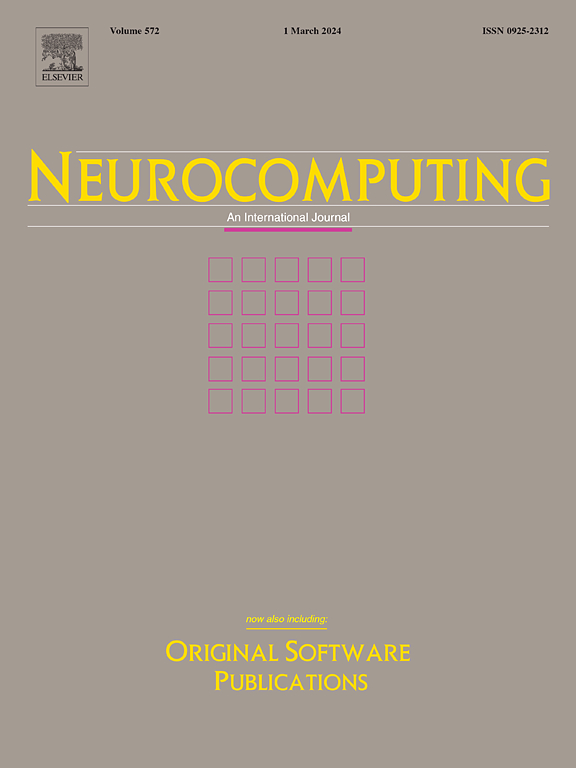Information bottleneck with input sampling for attribution
IF 5.5
2区 计算机科学
Q1 COMPUTER SCIENCE, ARTIFICIAL INTELLIGENCE
引用次数: 0
Abstract
In order to facilitate the adoption of deep learning in areas where decisions are of critical importance, understanding the model’s internal workings is paramount. Nevertheless, since most models are considered black boxes, this task is usually not trivial, especially when the user does not have access to the network’s intermediate outputs. In this paper, we propose IBISA, a model-agnostic attribution method that reaches state-of-the-art performance by optimizing sampling masks using the Information Bottleneck Principle. Our method improves on the previously known RISE and IBA techniques by placing the bottleneck right after the image input without complex formulations to estimate the mutual information. The method also requires only twenty forward passes and ten backward passes through the network, which is significantly faster than RISE, which needs at least 4000 forward passes. We evaluated IBISA using a VGG-16 and a ResNET-50 model, showing that our method produces explanations comparable or superior to IBA, RISE, and Grad-CAM but much more efficiently.
求助全文
约1分钟内获得全文
求助全文
来源期刊

Neurocomputing
工程技术-计算机:人工智能
CiteScore
13.10
自引率
10.00%
发文量
1382
审稿时长
70 days
期刊介绍:
Neurocomputing publishes articles describing recent fundamental contributions in the field of neurocomputing. Neurocomputing theory, practice and applications are the essential topics being covered.
 求助内容:
求助内容: 应助结果提醒方式:
应助结果提醒方式:


